
The Bhima Koregaon Arrests and the Resistance in India
The cold-blooded murders of activists by state forces in India represents a historical pattern of extrajudicial repression. | more…

The cold-blooded murders of activists by state forces in India represents a historical pattern of extrajudicial repression. | more…

Bhagat Singh is an iconic figure of the radical left tradition in India. If Singh, killed in the resistance to British colonialism, were to return from the dead, would he feel that the India of today, brought about by its ruling classes and their political representatives, was really worth his and his comrades’ martyrdom? | more…
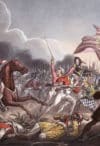
In India, today, we are witness to the quiet rise of the figure of Mahar Sidnak, iconized and lionized as a warrior of the oppressed from the early nineteenth century. This is electrifying the anticaste struggle and energizing the militant youth, a source of inspiration as historical as it is mythical. Are material issues, or “real struggle,” really so opposed to the question of the “mythical past”? | more…
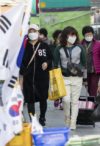
The two Koreas—sharing a language, cultural traditions, history of imperial conquest and war, and interrupted family connections—both have mostly succeeded in controlling the pandemic, within different political-economic systems and with markedly different methods. | more…
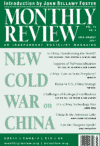
This special issue of Monthly Review is devoted to the New Cold War on China. What has been the view of the Chinese Revolution presented in Monthly Review in the past seven decades? How has it changed over time? As Paul A. Baran observed: “Marx and in particular Lenin being master-tacticians shifted horses and arguments as conditions changed (rightly so, to be sure!)” The question then becomes not the changing views themselves, but how these shifts in perspective reflect changing historical circumstances. | more…
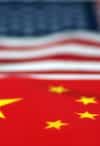
The imperialist world system, crowned by U.S. hegemony, is now threatened by China’s seemingly inexorable rise and pursuit of its own distinctive sovereign project. In this respect, the Trump administration’s prosecution of a New Cold War on China was no anomaly, but rather the inevitable U.S. response to China’s rise and the end of Washington’s unipolar moment. The Biden administration has made it clear that it not only intends to continue the New Cold War, but to accelerate it. | more…

In most mainstream Western media, China is now presented as a threat, a conquering “empire.” Still the global hegemon, the United States is worried about the Chinese rise in strength, and their successive administrations are building the anxiety-provoking image of a China eager to supplant it and steal its leadership of the capitalist world system. | more…
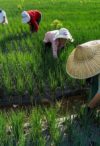
Confronting the triple trap of the COVID-19 pandemic, economic downturn, and ecological crisis, the Chinese leadership has reiterated that “China puts the people’s interests first—nothing is more precious than people’s lives.” This kind of people-centered governance philosophy is ostensibly meant to protect the lives and health of the people, while defending people’s property under the basic system of collective ownership. | more…

Whether China has become an imperialist country is a question of crucial importance for the global class struggle. Although China has developed an exploitative relationship with South Asia, Africa, and other raw material exporters, on the whole, China continues to transfer a greater amount of surplus value to the core countries in the capitalist world system than it receives from the periphery. China is thus best described as a semi-peripheral country in the capitalist world system. | more…
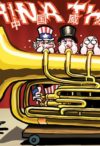
U.S. fantasies of expansion, commercial dominion, and military prowess have long hinged on a premise of Pacific exceptionalism. Couched in the millenarian language of manifest destiny, the Pacific region and its multitudinous ecosystems, cultures, peoples, and nations have been vacated in favor of an aqua nullius that frames the region as an empty space designated for U.S. possession by divine providence. | more…
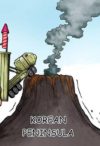
The war against fascism was transformed into the Cold War. U.S. imperialism, subdued somewhat by post-First World War isolationism, came into full flower. Washington implemented this sea change in many ways, including the division of the Korean Peninsula. | more…

One of the key components of U.S.-China strategic competition is the technology war, the essence and implications of which can be further understood in the broader context of the international division of labor and the two countries’ internal contradictions. From this front, we can decipher the antagonism between different classes/groups within and across the two countries. | more…
Notifications